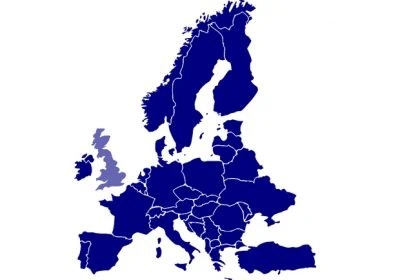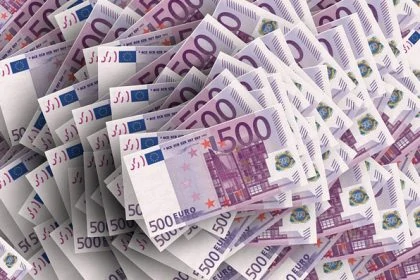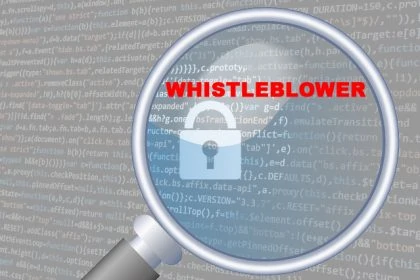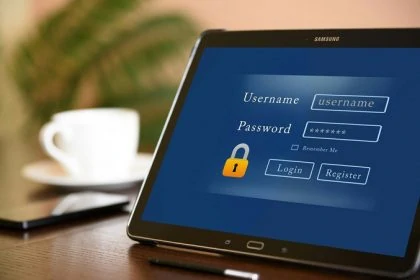The BGH’s ‘crane arm’ decision about a deviating embodiment of a crane arm in proceedings about equivalent patent infringement is extending the case law on equivalence in the interpretation of the term ‘equivalent means’.

In November 2020, the German Federal Supreme Court of Justice (Bundesgerichtshof, BGH) ruled on the embodiment by ‘equivalent means’ in proceedings for equivalent patent infringement in its ‘Crane Arm’ (BGH, ‘Kranarm’, X ZR 132/18) judgment. In particular, this judgment expands the equivalence case law in the interpretation of the term ‘equivalent means’. This is an important equivalence criterion.
In principle, a patent-protected teaching may not be infringed by a third party either in a literal manner or by means deviating from the literal sense.
This assessment is more difficult if the deviating means are equivalent to the patent claim, i.e. if the same function is fulfilled with regard to the same result despite a different embodiment. In such a case, one speaks of an equivalent patent infringement.
Three criteria for equivalence apply:
- Objective, technical equivalence of the means of exchange.
- The ‘equivalent means’ must be obvious to the average person skilled in the art.
- An ‘equivalent means’ must be chosen with an orientation of the skilled person to the patent claim.
For equivalence, however, it is not sufficient if a person skilled in the art, based on his technical knowledge, considers an alternative embodiment to be technically useful and it achieves the same effect as according to the teaching formulated in the patent claims.
Rather, all considerations must be guided by the patent claim and the same effect as is to be achieved by the patent description must be achieved. De facto, this means that not only the overall effect of the invention must be achieved, but also the individual effects of the features described in the patent (according to BGH, Palettenbehälter III, X ZR 113/11).
For the interpretation of a patent, its technical meaning must be determined, has been the case law since 1974 (BGH, Streckwalze, X ZR 76/68), taking into account the task and solution as they objectively result from the patent.
Objective equal effect
In the “crane arm” case, the Federal Supreme Court therefore considered the decisive question of objective equal effect to be which of the effects that could be achieved with the features from the patent specification must come together to solve the task according to the patent. The decisive factors are therefore the meaning of a patent claim in its entirety and the contribution of the individual features to the performance result of the patented invention. When determining the meaning of the patent claim, the description and the drawings from the patent specification must also be taken into account in accordance with Article 69(1) EPC.
The Federal Court of Justice emphasised that an embodiment having a deviating design instead of a feature provided for in the patent claim would be deemed to have been created by means having the same effect and would fall within the scope of protection of a patent even if an effect required according to the patent claim was only achieved to a limited extent by means having a deviating effect. The decisive factor was whether the effects according to the invention were essentially achieved, i.e. to a practically still significant extent, explained the Federal Supreme Court.
‘Equivalent means’ in the German case law of the crane arm
In the German crane arm case, the hose lines in the challenged embodiments did not run between the two pivot bearings of the pivot joint on the crane arm side, as required by the patent feature. Instead, the hose lines were routed around the separate component between the two pivot bearings. Where this ‘equivalent means’?
The BGH summarised the situation by saying that the protection of the hose lines in the challenged embodiments, which was actually intended by the patent feature, was limited and that the hose lines could also be moved less freely in the challenged embodiments. Nevertheless, there may well be ‘equivalent means’ with the same effect, as the effect according to the invention (improved accessibility and good protection) was achieved to a significant extent.
However, the BGH finally did not not confirm this. The BGH did not see a ‘equivalent means’ and no objective equal effect in the challenged embodiments. The overall effect to be achieved with the patent consists in the improved accessibility of the connections for the hose assemblies and the protection of the assemblies from damage by external influences, the court explained. Therefore, it was not sufficient for an equal effect and for equivalence that the hose lines were only protected from external influences in the further course by components of the crane arm, but not in the area of the swivel joint on the side of the crane arm.
Guiding principle of the BGH
In short: A non-patent-protected embodiment cannot be regarded as having the same effect without further ado because the protection sought by the patent is obtained in a section other than that provided for in the patent. The BGH formulated this as its guiding principle.
Patent interpretation is a question of law
How a patent is to be interpreted is, moreover, a question of law. Therefore, the interpretation is fully reviewable by the appellate court, but depends decisively on the factual basis to be clarified first in the instance of facts (cf. BGH, May 1999 – X ZR 156/97). A statement as to whether a deviating design falls within the scope of protection can regularly only be made if the judge of fact has dealt with the relevant issues. This is because the question of equal effect is a question whose answer requires assessment and findings by the trial judge, which cannot be made up for in the appellate instance.
Therefore, the Federal Supreme Court overturned the appeal judgement, but referred the case back to the court of appeal. The circumstances required a new factual assessment.
Do you need support for your patent claims or in patent proceedings?
Our patent attorneys and attorneys-at-law are experienced and highly qualified in all fields of intellectual property law, both nationally and internationally.
Please feel free to contact us if you are interested.
Sources:
“Kranarm” ruling of BGH, X ZR 132/18
Image:
pixel2013 | pixabay.com | CCO License








Leave a Reply